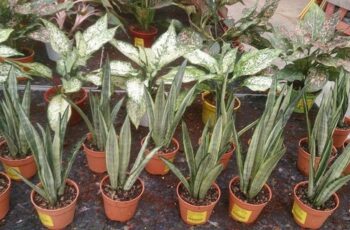Ad Blocker Detected
Our website is made possible by displaying online advertisements to our visitors. Please consider supporting us by disabling your ad blocker.
When you bring a houseplant home, you quickly realize that keeping it alive is much more challenging than anticipated. Merely preventing its death is not enough; if you desire a flourishing and thriving plant, it demands your time, effort, and knowledge.
Living in a world where information, especially misinformation, spreads rapidly, it is inevitable that we come across terrible advice for plant care. At times, as new plant owners, we unknowingly adopt harmful practices, only realizing our mistakes after the plant has perished.
It is time for some honest guidance. In an effort to eradicate these detrimental tips and practices once and for all, I have gathered a collection of the most egregious internet advice and plant killers.
10 Popular Tips That Are Actually Killing Your Houseplants
-
Watering Your Plants with Ice Cubes
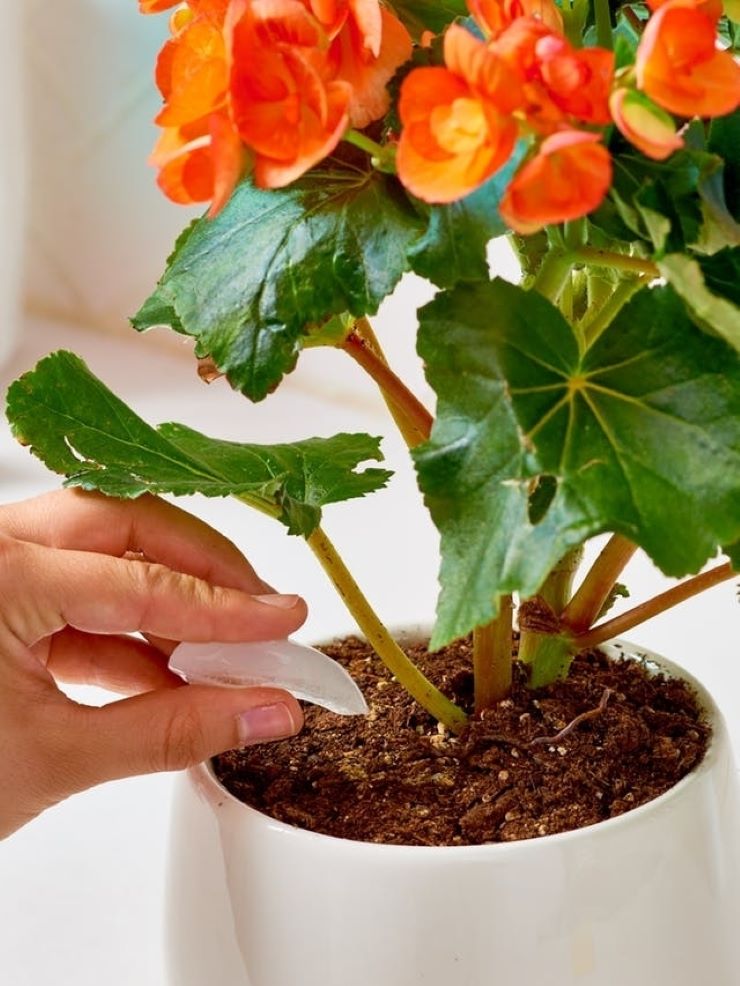
Can we please put an end to this “hack” once and for all? (Just like the numerous orchids watered with ice cubes.) It’s disheartening to come across this advice all over the internet, knowing that it can potentially shock the delicate roots of tropical plants with icy water.
Let’s take a moment to think logically about this tip. The plants we bring into our homes are usually tropical or desert species, unaccustomed to the cold temperatures associated with snow and ice. They simply cannot survive such conditions.
I assure you that the time it takes to retrieve the ice cube tray from your freezer and extract a few cubes is no different from filling a watering can with room-temperature water. You’re not really saving any time, and in the end, you’re causing harm to a plant that you’re trying to nurture.
Reserve the ice cubes for your beverages and opt for watering your plants with water at a comfortable room temperature.
-
Growing Epiphytes in Soil
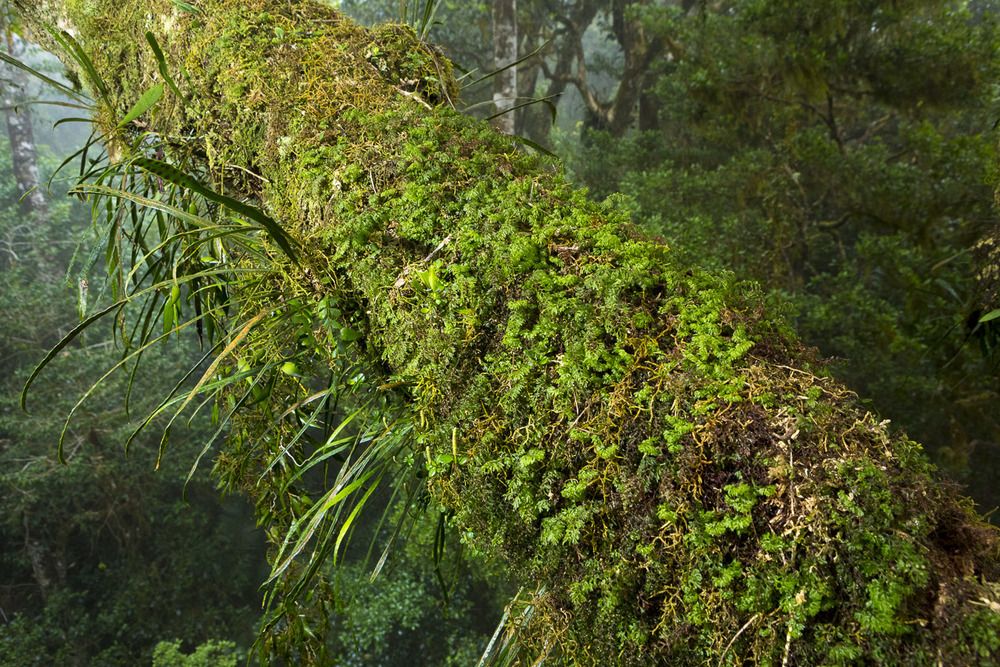
There are several popular houseplants that belong to the category of epiphytes. However, the issue arises when these plants are typically sold in nurseries grown in potting soil, which presents a challenge. Furthermore, many new houseplant owners may not be familiar with the concept of epiphytes and how it affects their soil requirements.
Epiphytes do not naturally grow in soil. Instead, they thrive in the crevices of trees or rocks where a small amount of organic debris has accumulated. Unlike plants such as tomatoes that develop large underground root systems, epiphytes primarily absorb water and nutrients through their above-ground leaves and roots.
These specialized roots are often referred to as aerial nodes. Epiphytes utilize these aerial nodes to cling to and climb the surfaces they grow near.
Some common examples of epiphytic houseplants include Christmas cactus, orchids, staghorn ferns, bromeliads, hoya, and tillandsia (air plants), among others.
When epiphytes are grown in potting soil for an extended period, they are prone to root rot. Additionally, the weight of the soil can compress their delicate roots, leading to their eventual demise.
If you have any of these plants growing in a pot with regular potting soil, the best course of action is to repot them using a specific epiphyte potting mix, such as an orchid mix, and adding a small amount of sphagnum moss. This will provide the appropriate conditions for their growth and prevent root-related issues.
-
Using a Leaf Shine Spray
It’s quite amusing when you really think about it. We desire authentic plants, not artificial ones, yet we often go to great lengths to make our natural plants appear unnaturally shiny.
There are numerous manufacturers catering to this demand. Even my local nursery sells a brand that comes in tall aerosol spray cans, putting 60s hair spray to shame.
While I admit that shiny and clean leaves have their appeal, it’s detrimental to your plant’s health. Plants “breathe” through their leaves, and when you douse them with these polishes, you end up blocking the plant’s stomata (similar to pores but for plants). Many of these leaf shine products are oil-based or, worse, wax-based, meaning they remain on the leaves once sprayed.
Even more concerning are the homemade leaf shine suggestions I keep stumbling upon on social media, such as wiping your plant’s leaves with substances like olive oil and mayonnaise. Engaging in such practices is simply inviting a pest infestation.
On top of being harmful to your plants, leaf shine turns them into dust magnets. Those shiny leaves may last for a week before becoming coated in dust, transforming into a sticky mess.
Instead, opt for a gentle approach. Wipe your plant’s leaves with a soft, damp cloth (flannel works wonderfully), and appreciate the natural satin-like glow of their beautiful green foliage.
-
Putting Rocks in the Bottom of a Pot
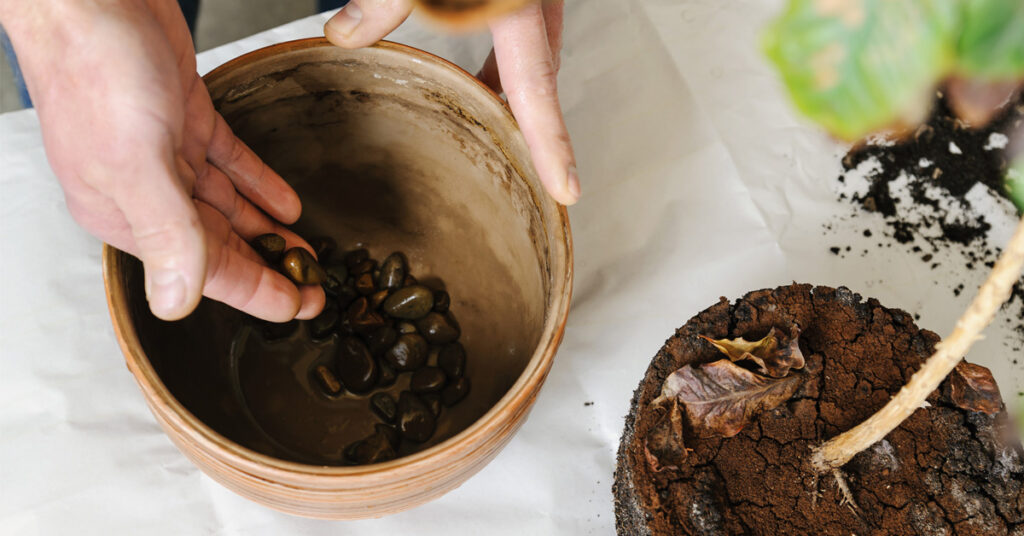
Indeed, this is another common misconception that seems to be widespread. At first glance, it appears logical to ensure proper drainage for your plants, preventing them from sitting in waterlogged soil and developing root rot.
However, upon closer inspection, you’ll realize that this practice deprives your plant of essential nutrients. Plants develop their root structure in the soil specifically to absorb water and nutrients. The roots need direct contact with the soil to perform this vital function. This is precisely why root-bound plants cease to grow; there is insufficient soil available for effective nutrient and water exchange with the roots.
By adding rocks to the pot, you’re essentially occupying valuable space that should be reserved for the roots. Depending on the size of the rocks and the pot, you could be reducing the available soil space by half. The smaller the pot, the more restricted the root’s capacity to grow.
A well-balanced potting mix typically consists of a combination of peat or coconut coir, vermiculite, and perlite. These components facilitate proper drainage and oxygen exchange within the soil. If you’re using a quality potting mix, the addition of rocks becomes unnecessary.
The only thing you should consider placing in the bottom of the pot is a pot shard or a larger pebble. This serves as a barrier over the drainage hole, preventing soil from escaping while still allowing water to drain freely.
-
Stop Putting Rubbing Alcohol on Your Plants
This advice is frequently given when dealing with pests like scale or trying to control fungus gnats. It often suggests wiping the leaves with a cotton swab soaked in alcohol or pouring alcohol into the soil.
However, it’s important to understand that both of these practices can harm your plant. Alcohol has a high drying effect. This is why we avoid using hair and skin care products containing alcohol, as it disrupts our natural acid mantle and can lead to irritation. The same principle applies when wiping down your plant with alcohol—it can cause dryness and potential damage.
Pouring alcohol directly into the soil is even more problematic. It has the potential to burn your plant’s roots, causing severe damage and hindering its overall health.
It’s best to leave rubbing alcohol in the first aid kit where it belongs and explore alternative, plant-safe methods for pest control and addressing fungal issues.
-
Stop Putting Succulents in Terrariums
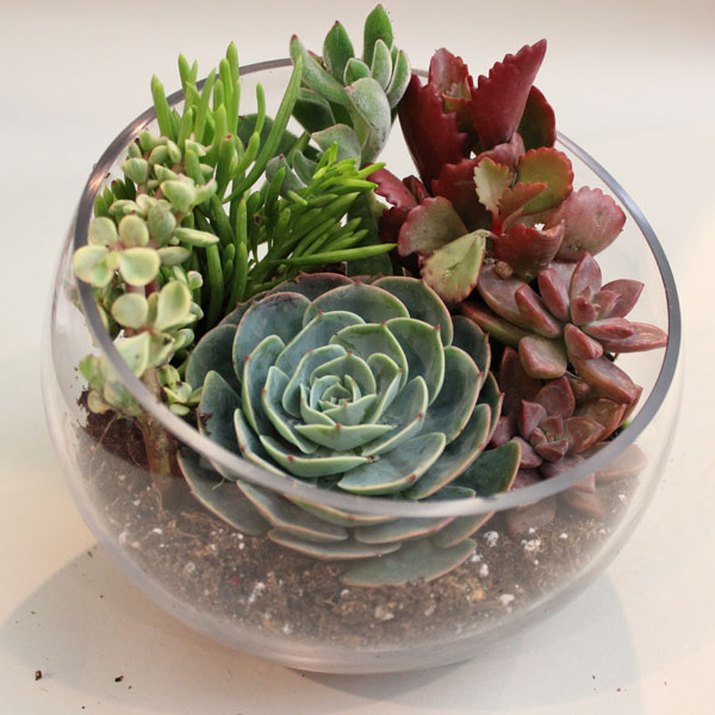
Succulents are naturally adapted to thrive in some of the harshest weather conditions. Whether they are growing close to the ground, under the scorching sun in arid deserts, or clinging to rocks on windy mountainsides, they have evolved to withstand dry environments. Their resilience is due to their ability to cope with constant sun exposure and windy conditions that quickly dry out the soil.
When you create a beautiful terrarium and fill it with the delicate pastel hues of succulents, you’ll eventually encounter a soggy mess if you seal it with a lid. The design and nature of a terrarium trap moisture and humidity within a confined microenvironment, even if it is not completely sealed. If you consider the natural habitat of succulents, it becomes evident that a terrarium is not an ideal setup for their success.
Instead of opting for a terrarium, it’s better to create a succulent dish. Choose a wide, open container with low sides, as this allows for better air circulation and exchange. This open environment closely mimics the natural conditions in which succulents thrive and avoids the pitfalls of excess moisture accumulation.
